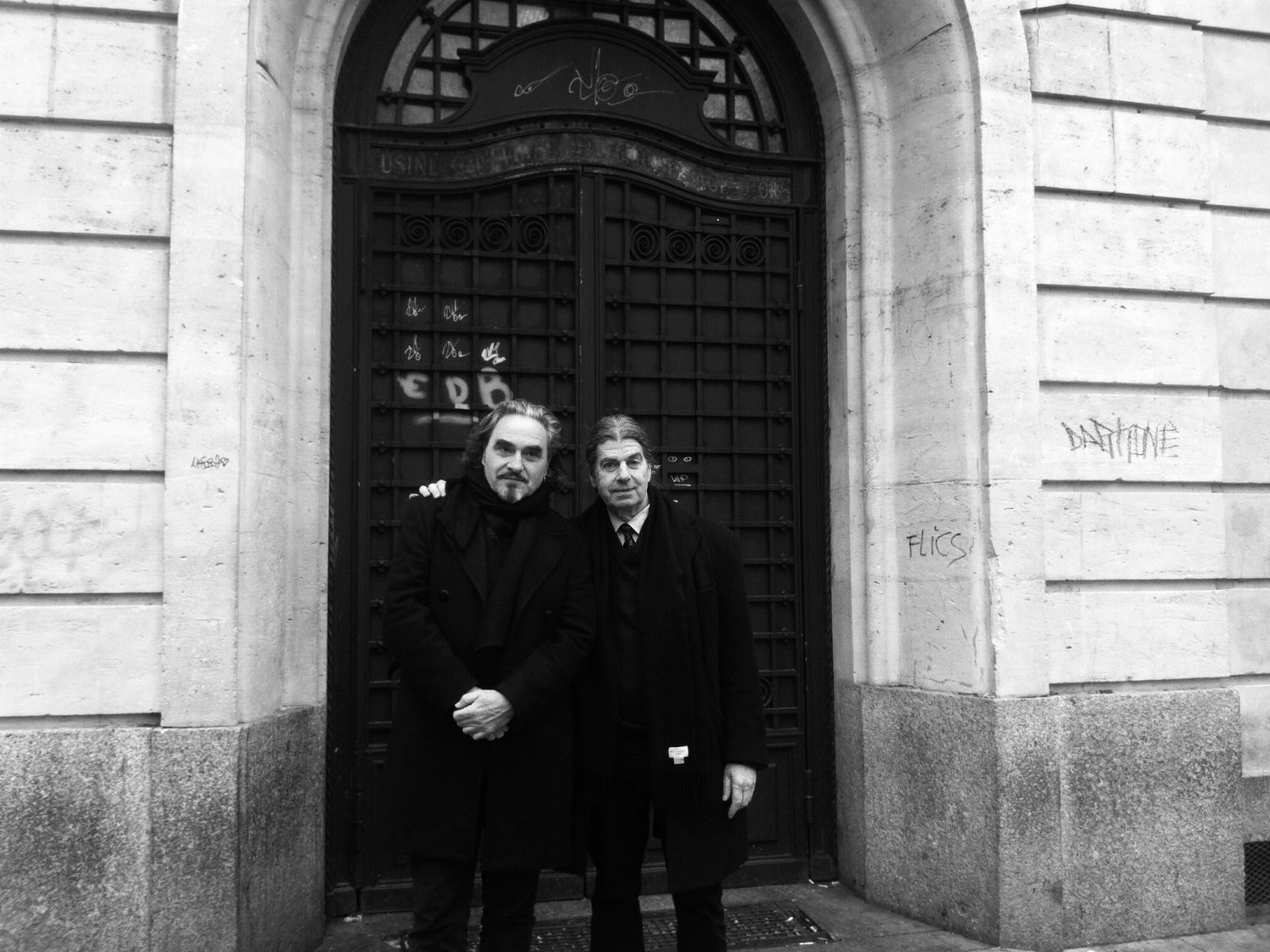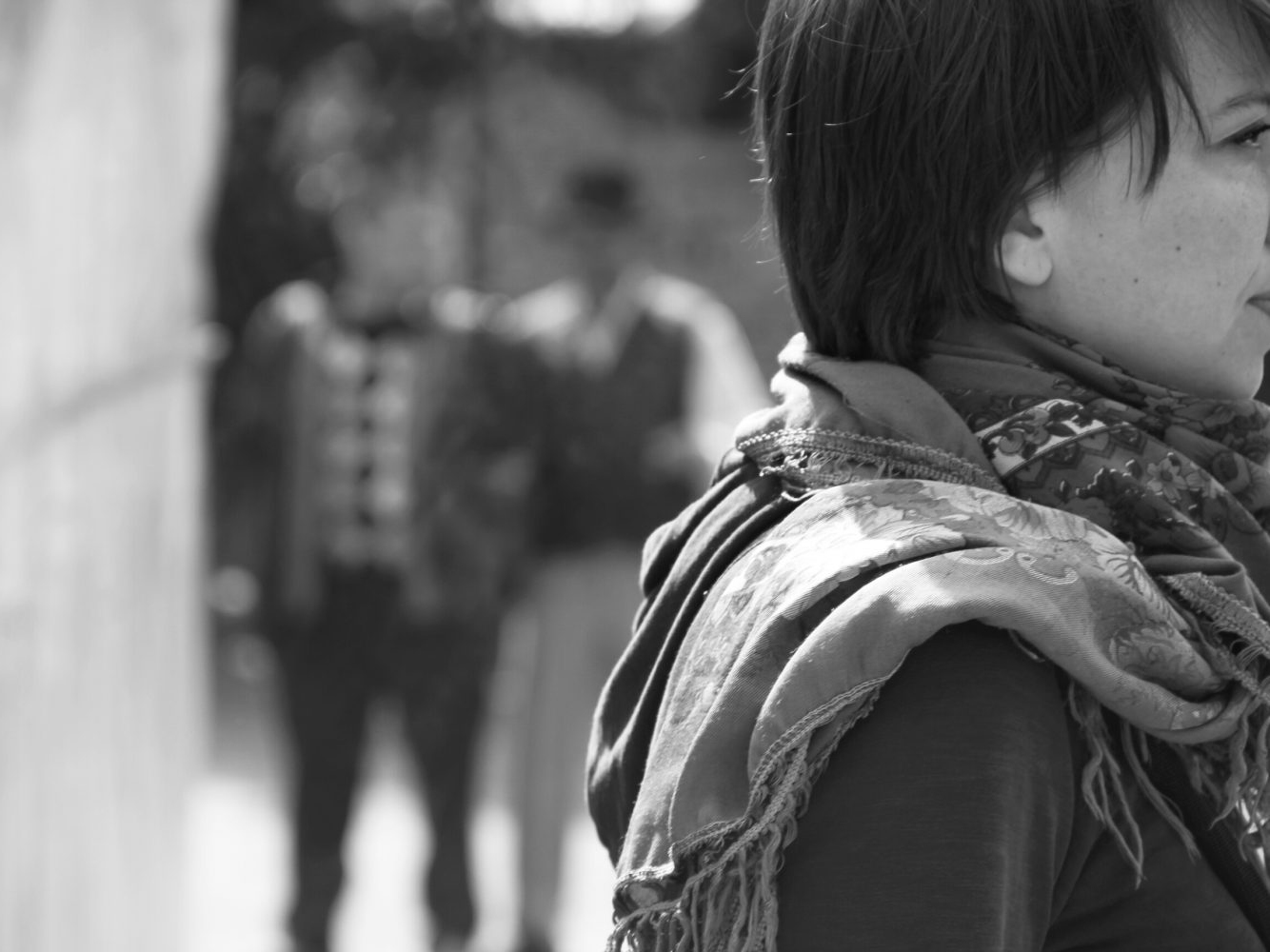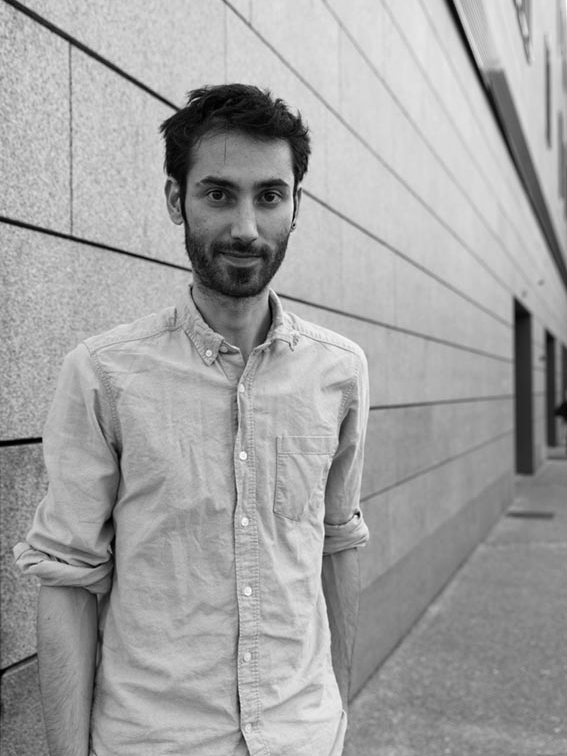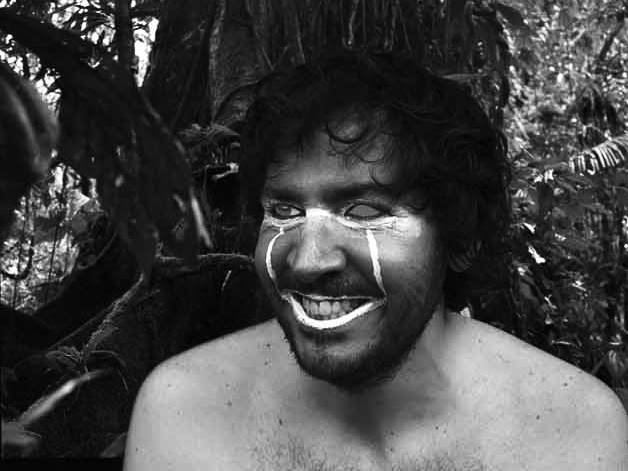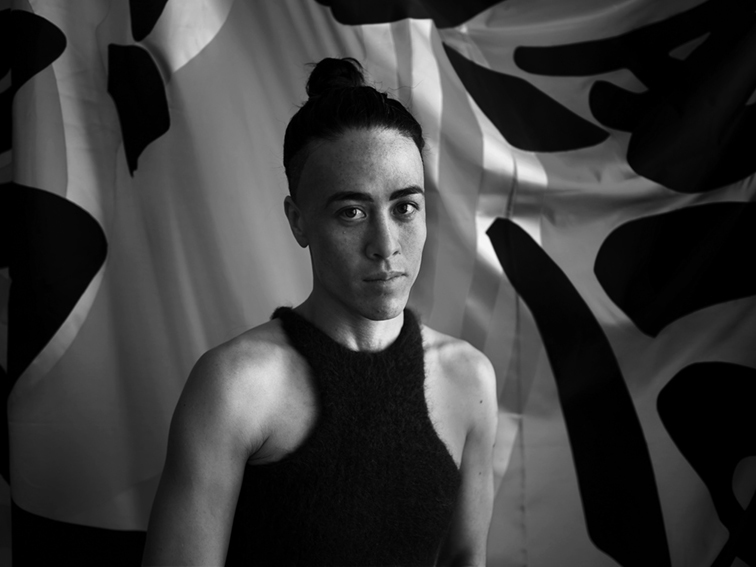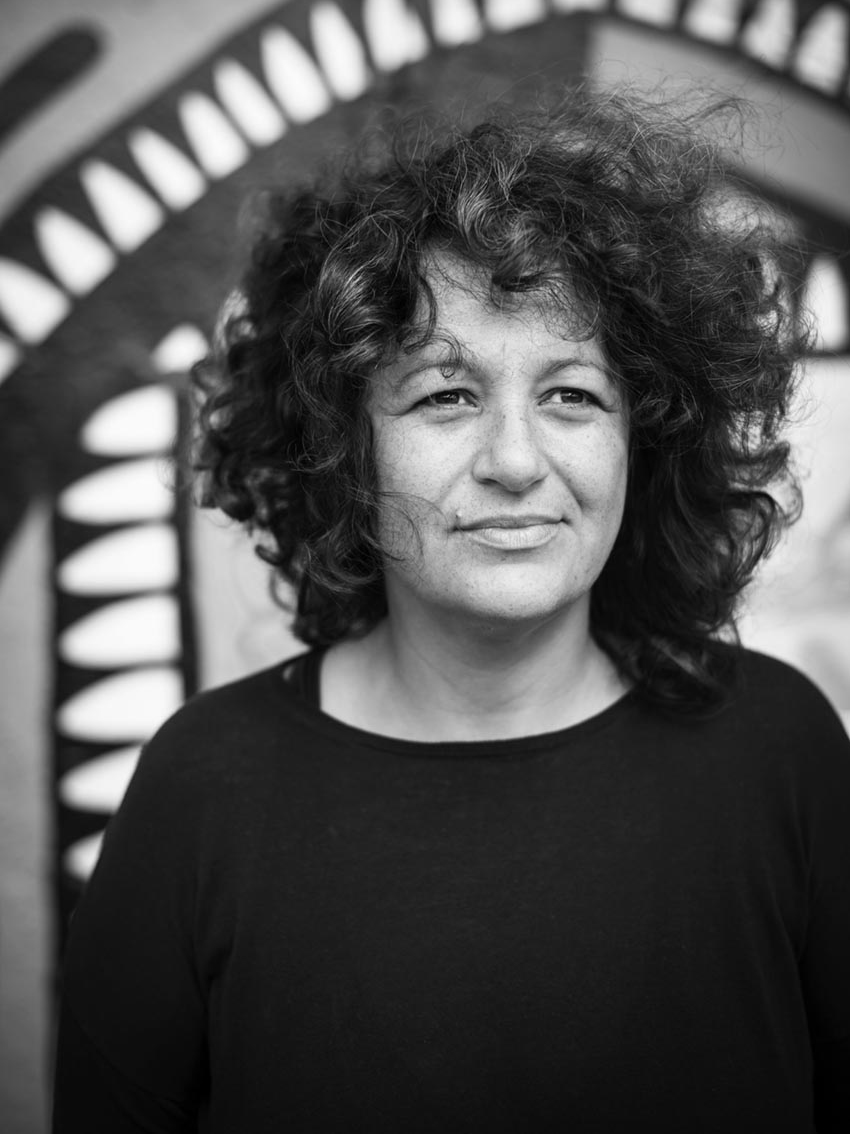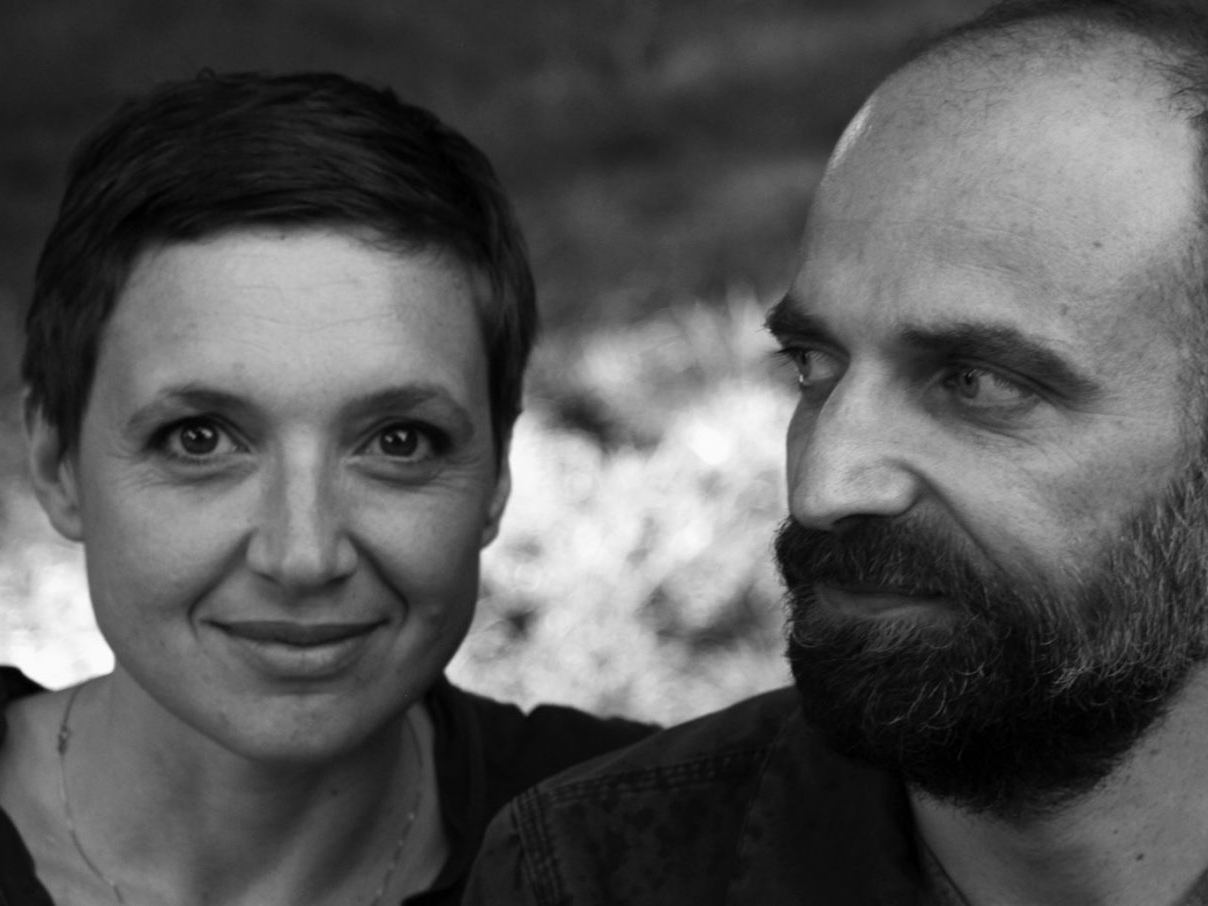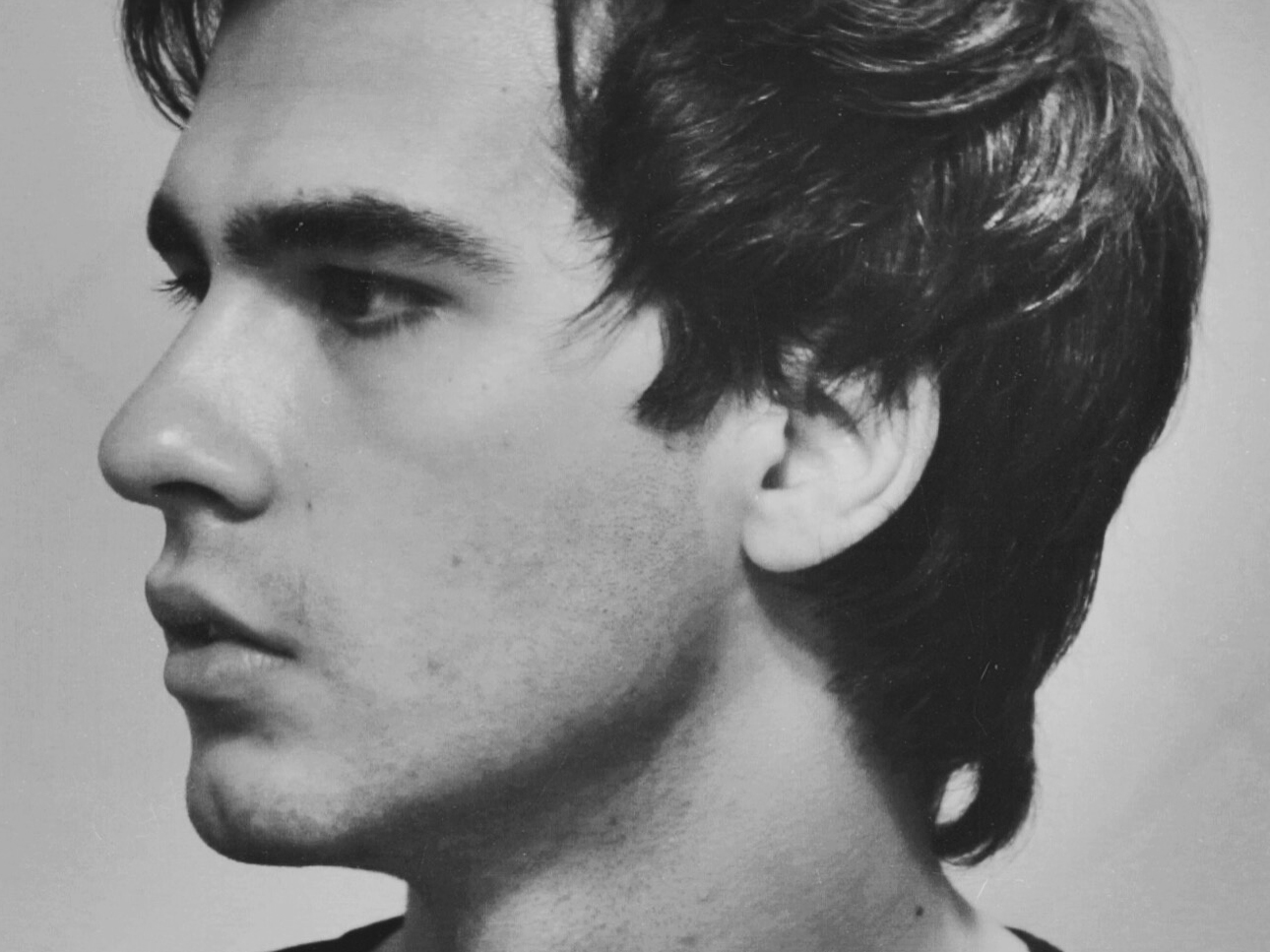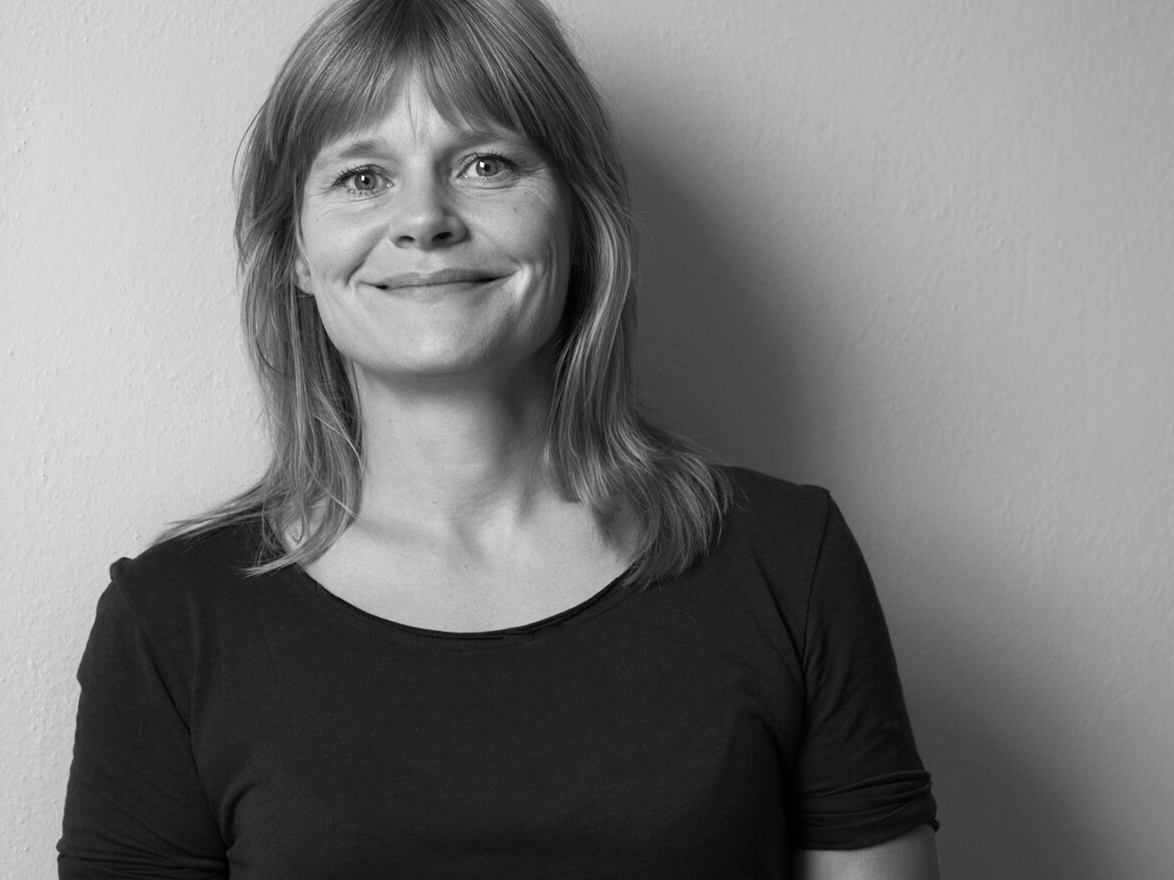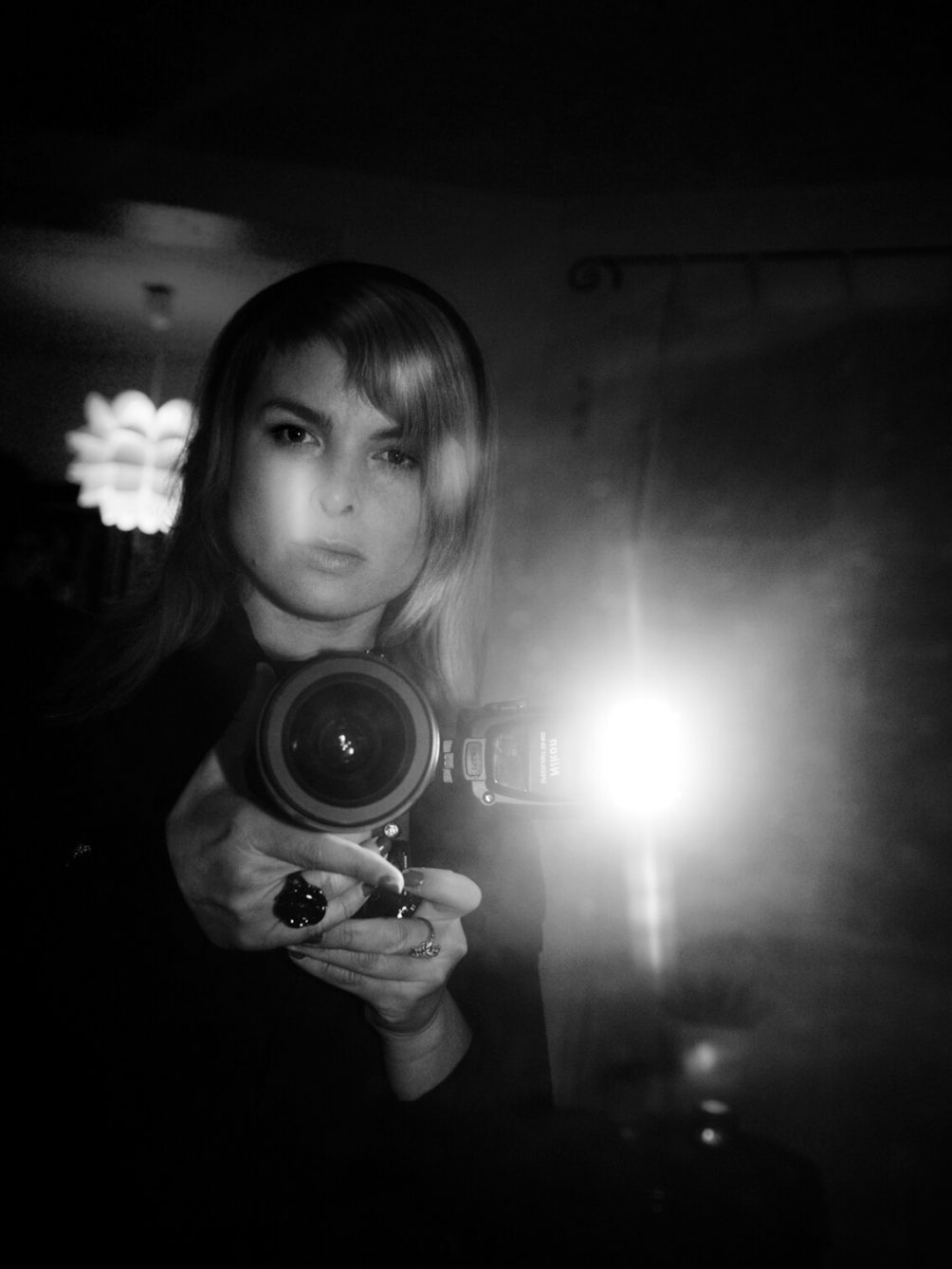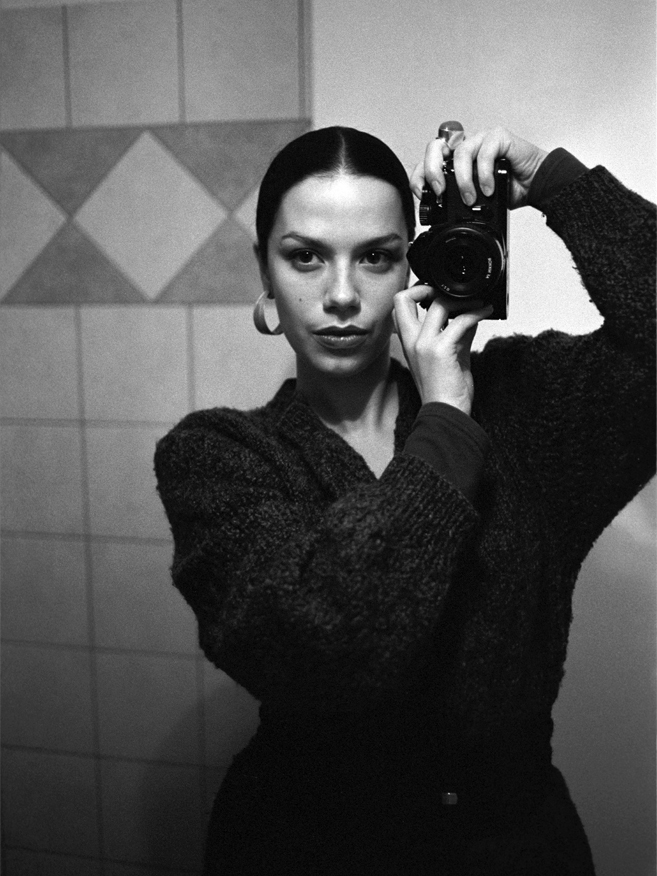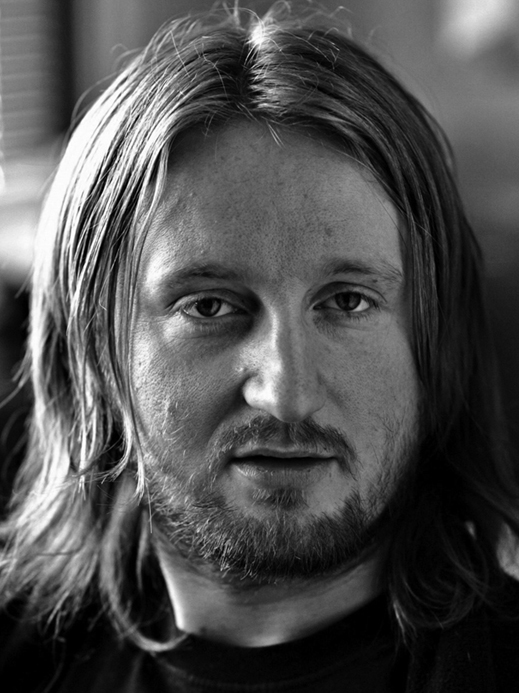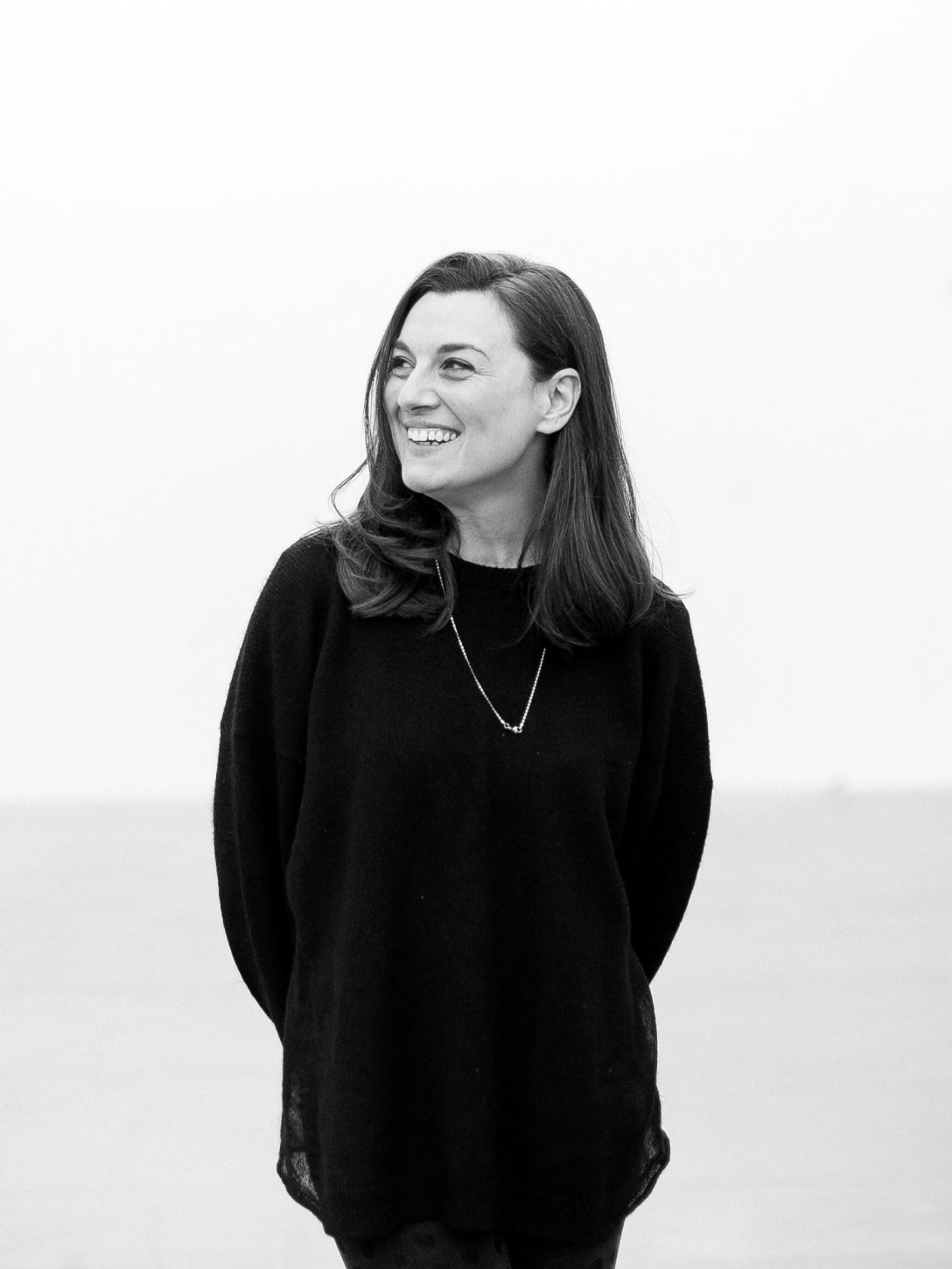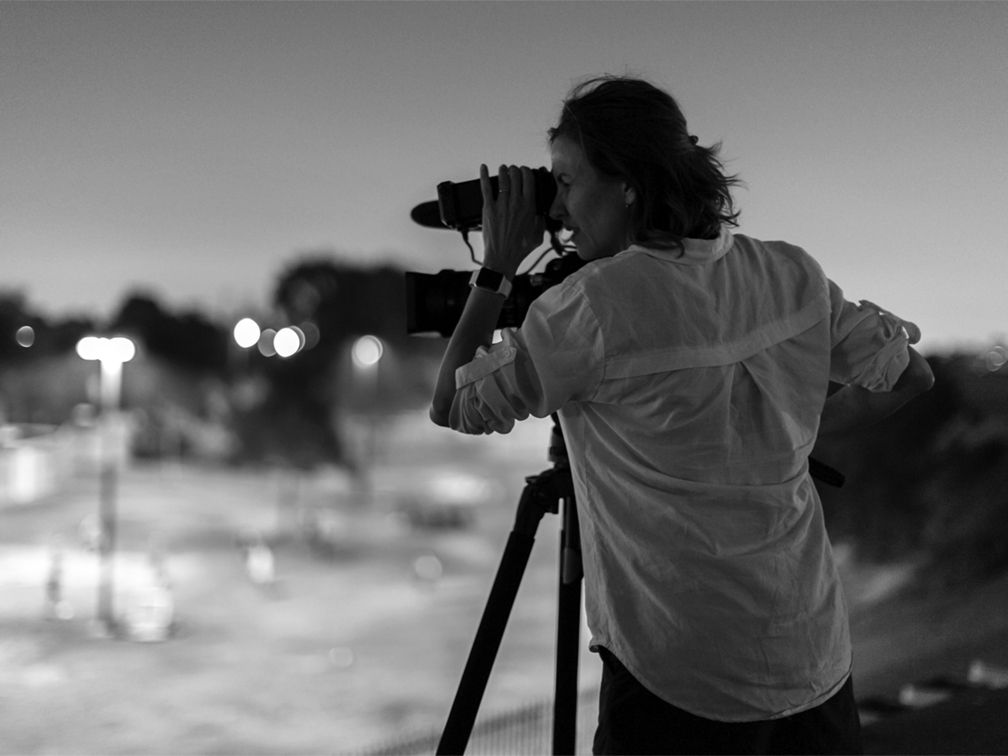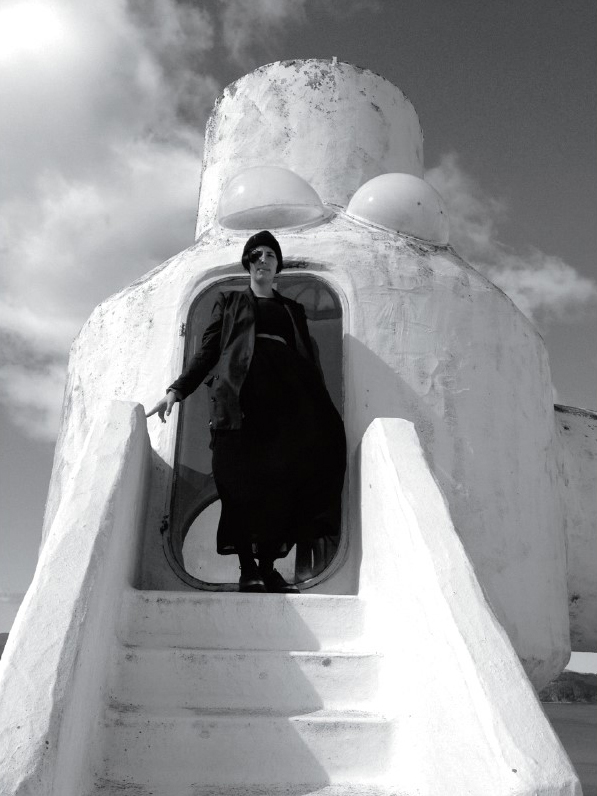
BIOGRAPHY
b. 1983, Tacoma, USA. Lives and works in London, UK
Of Qatari-American origins, Sophia Al-Maria works with the concept of “Gulf Futurism”, whose themes include the isolation of individuals via technology and reactionary Islam, the corrosive elements of consumerism and the erasure of history in the service of fossil fuel. She is inspired by imagery from Islamic eschatology, post humanism and Science Fiction.
THE LIMERENT OBJECT, 2016
The Limerent Object is a call-and-response across deep time between the last living earthling and their extra-terrestrial anticedent. Mixing myths of a panspermic genesis and a Holocene apocalypse, The Limerent Object juxtaposes petroglyphs and porn, an alien queen and a dying human, a voice and the silence to evoke a love story that transcends the desert of millennia. This new work stems from the artist’s anxiety and fear for the future and the result is a poetic panegyric to the planet earth and we who people it.
[CENTRE D’ART CONTEMPORAIN]

